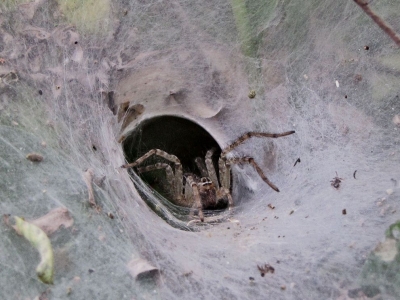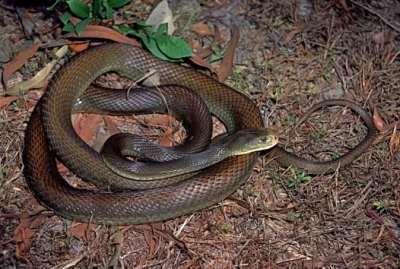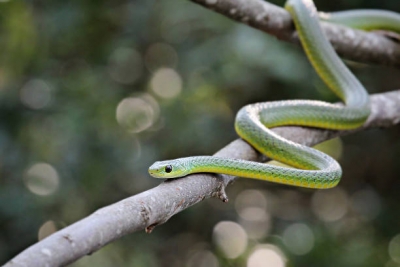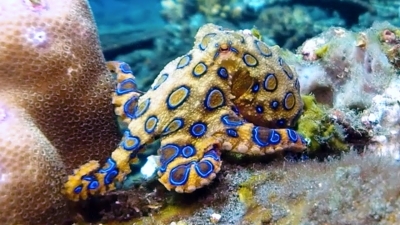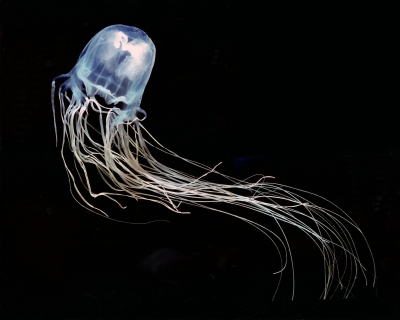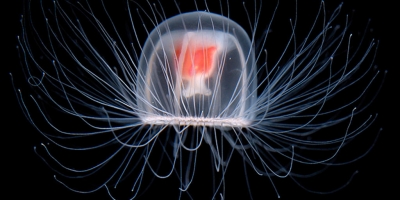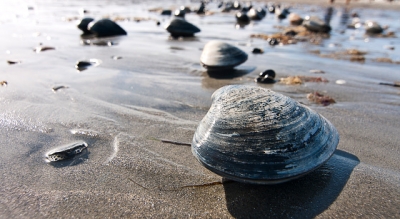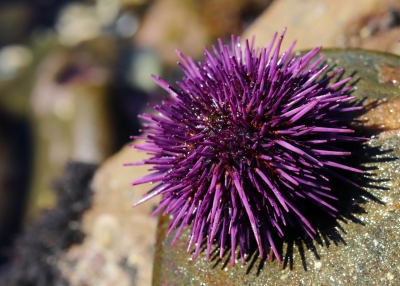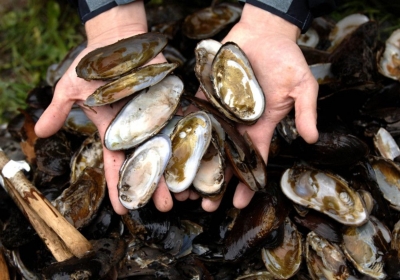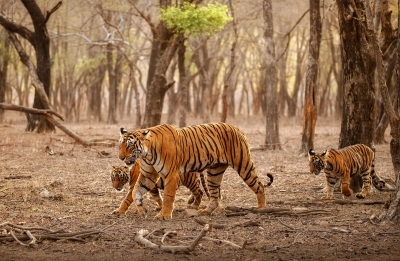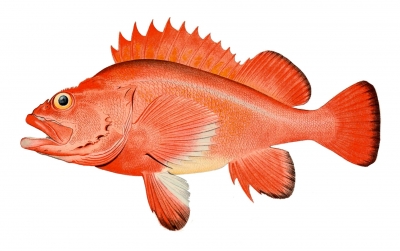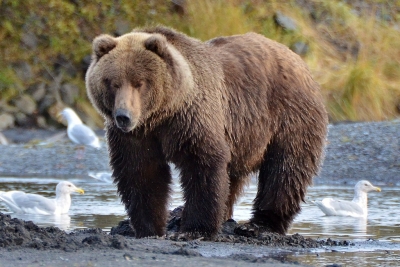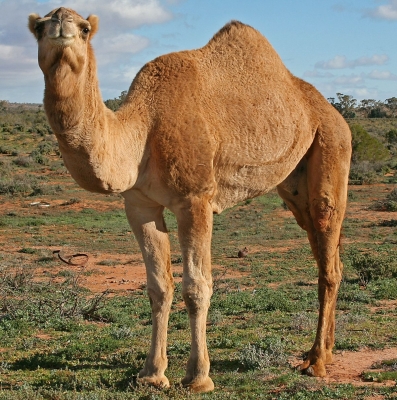Is the Indian red scorpion to be feared?
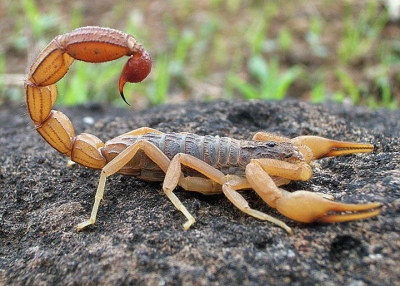
The Indian red scorpion does not go after people, but it certainly needs to be feared. It is considered the most lethal scorpion in the world, and it will sting to defend itself. This can be dangerous, especially to little children.
These scorpions appear to prefer humid tropical and subtropical habitats, and are found in India, Pakistan, and Nepal etc. 2 to 3-1/2 inches long, they can be coloured from bright reddish orange to dull brown. They have small pincers, a thick tail and of course a large stinger.
The Indian red scorpion is a night hunter, which subdues prey using its chelae (claws) and stinger. It usually preys on small invertebrates like cockroaches, but sometimes will go for small vertebrates, too, like lizards and rodents.
Even though fearsome, the toxin of the Indian red scorpion has many uses in medicine.
Picture Credit : Google
